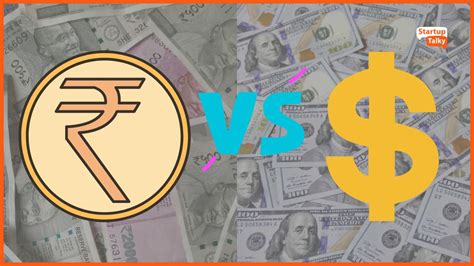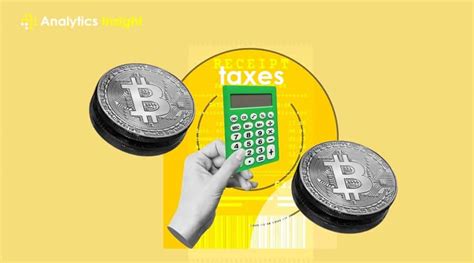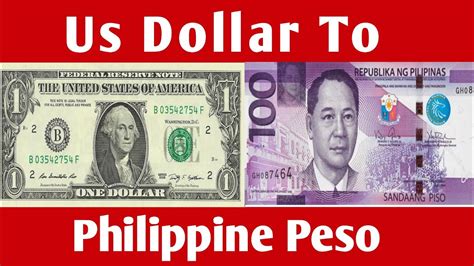Introduction
The relationship between the US dollar and the Indian rupee is a complex one, influenced by various global and domestic factors. Over the past few years, the rupee has experienced significant depreciation against the dollar, raising concerns about its impact on the Indian economy. In this article, we will analyze the historical and current trends in the US dollar-Indian rupee exchange rate, explore the reasons behind its fluctuations, and forecast its likely trajectory in the coming years.

Historical Trends
The US dollar has been the dominant global currency for decades, and its value against other currencies has a direct impact on their value. The Indian rupee has been no exception to this rule, and its history is marked by periods of both appreciation and depreciation against the dollar.
Pre-2011: Appreciation
In the early 2000s, the Indian rupee experienced a period of relative stability against the dollar. Between 2005 and 2011, the rupee gradually appreciated against the dollar, reaching a peak of 44.50 rupees per dollar in 2011. This appreciation was driven by several factors, including strong economic growth, rising foreign investment, and a stable political environment.
Post-2011: Depreciation
However, the rupee’s fortunes took a turn after the global financial crisis of 2008. Economic growth slowed down, foreign investment declined, and political instability increased. As a result, the rupee began to depreciate against the dollar, reaching a low of 68.80 rupees per dollar in 2013.
2014-2022: Stabilization
Since 2014, the rupee has stabilized against the dollar, hovering in the range of 65-75 rupees per dollar. This stabilization has been attributed to a number of factors, including reforms by the Indian government, increased foreign reserves, and a more stable political environment.
Reasons for Fluctuations
The fluctuations in the US dollar-Indian rupee exchange rate are influenced by a variety of factors, both domestic and international.
Domestic Factors
Economic Growth: Economic growth is a key determinant of currency value. When an economy grows, demand for its currency increases, leading to appreciation. Conversely, when economic growth slows down, demand for its currency decreases, leading to depreciation.
Foreign Investment: Foreign investment is another important factor that affects currency value. When foreign investors bring money into a country, they purchase its currency, leading to appreciation. Conversely, when foreign investors withdraw money, they sell its currency, leading to depreciation.
Political Stability: Political stability and uncertainty can also influence currency value. When there is political uncertainty or instability, investors may be hesitant to invest in a country, leading to a decrease in demand for its currency.
International Factors
Global Economic Conditions: Global economic conditions can also impact the Indian rupee. When the global economy is strong, there is increased demand for commodities and other exports from India, leading to appreciation of the rupee. Conversely, when the global economy slows down, demand for exports decreases, leading to depreciation of the rupee.
US Dollar Strength: The strength of the US dollar also affects the Indian rupee. When the US dollar is strong, it appreciates against other currencies, including the rupee. Conversely, when the US dollar is weak, it depreciates against other currencies, including the rupee.
Forecast for 2025
Predicting the future exchange rate between the US dollar and the Indian rupee is a complex task. However, based on the historical trends and current factors influencing the exchange rate, we can make some educated guesses about the likely trajectory in the coming years.
Near-Term: In the near term (next 1-2 years), it is likely that the Indian rupee will continue to fluctuate within the range of 65-75 rupees per dollar. This range has been supported by the current strength of the Indian economy, government reforms, and a relatively stable political environment.
Longer-Term: Over the longer term (next 3-5 years), the Indian rupee is likely to appreciate against the dollar. This is due to several factors, including strong economic growth, increased foreign investment, and a rising global demand for commodities and other exports from India.
By 2025, we expect the US dollar-Indian rupee exchange rate to be in the range of 60-65 rupees per dollar. This would represent a significant appreciation of the rupee against the dollar, reflecting the continued growth and development of the Indian economy.
Implications for the Indian Economy
The fluctuating value of the US dollar against the Indian rupee has a number of implications for the Indian economy.
Exports and Imports: A depreciation of the rupee makes Indian exports more competitive in the global market, while a



